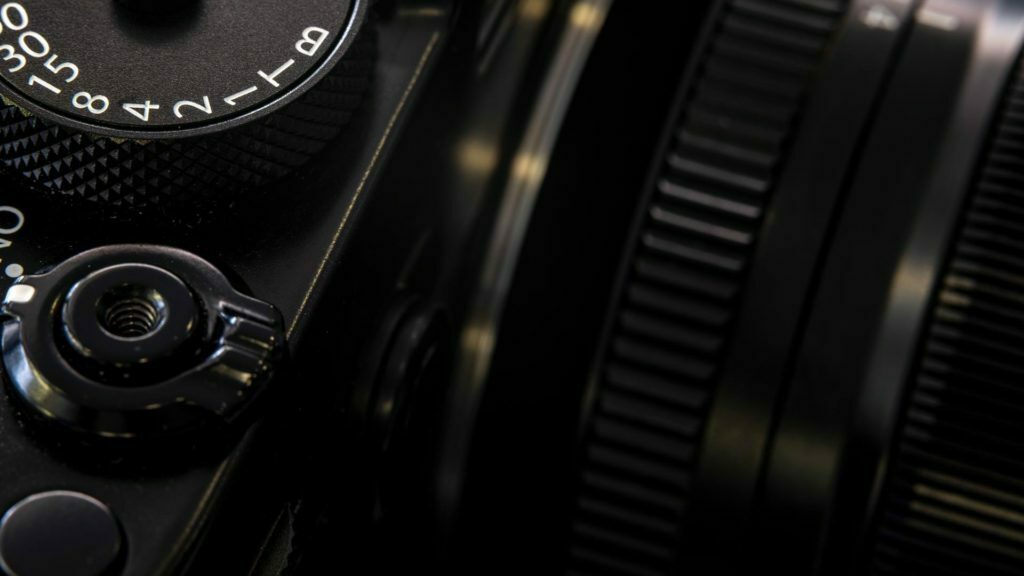If you want to take your product pictures in a light tent, you probably ask yourself which lens or focal length is best suited. The focal length of a lens is usually given in millimeters. For example, with a focal length of 28 mm and below, one speaks of a wide-angle lens or a short focal length, and with a focal length of 200 mm and above, of a telephoto lens or a long focal length. Normal lenses have a focal length of around 50 mm. The objects to be photographed in a light cube are at most 40 to 50 cm away from the lens so that any normal lens or a small telephoto is completely sufficient. The normal lens is the best choice to get an image scale of 1:1.
If you do not need the front cover of a light tent and photograph the product from a greater distance with a telephoto lens, you will notice that the object is much sharper from the background.
Telephoto lenses have only a shallow depth of field, which positively affects the image design. The only disadvantage is the slightly wider distance when photographing from the light tent. If, on the other hand, very small motifs are to be photographed format-filling, they can also be taken up close with a telephoto. However, macro lenses or normal lenses with intermediate rings are better.
What about the shutter speed?
Aperture and shutter speed regulate the correct exposure of an image. The aperture is responsible for the amount of light that may fall on the image sensor of a digital camera. One speaks of a large aperture when the f-number is small.
For example, aperture F2.4 is a large aperture, while aperture F11 is a small one. On the other hand, the shutter speed regulates the exposure time and is measured in hundredths of a second. To get the right exposure for a picture, you need to know how the aperture and shutter speed work together.
For example, if you set the aperture to F5.6 and the shutter speed to 1/60 sec., this would be the same as if you had an aperture of F4 and a shutter speed of 1/125 sec. It would be discontinued.
This is the doubling effect. The only differences are in the depth of field. With the same shooting distance to the photographed object in a light tent and with the same aperture setting, for example, F8.0, we get a higher depth of field with a short focal length in the wide-angle than with a long focal length in the telephoto range. In this way, the subject can be cleverly depicted sharply while the background blurs into a blur.
Which values are suitable in practice for light tent shots?
If you want to take high-quality product shots, you first need to use a tripod with a remote shutter release. Based on the aperture, it is now individually selected whether you want a large depth of field range or not if the background is also photographed sharply. Select aperture F11, for example. If only the subject is displayed sharply, select aperture F2.4.
Since enough light should always fall on the image sensor for correct exposure, the shutter speed is adjusted under normal photography conditions. In a light tent, we have constant lateral lighting. Therefore, a long shutter speed can be easily selected. Especially with an aperture of F11 or F16, the exposure time can last 2 to 4 seconds. Therefore, the tripod is also needed for these shots, as you can no longer shoot from the hand here.
